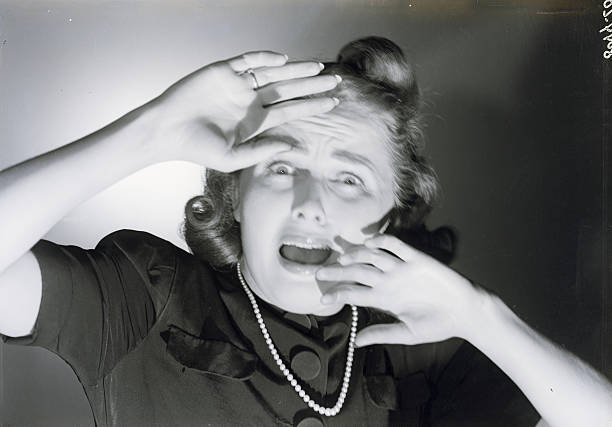Eggs. And not the yummy, scrambled with cheese kind. Smelly, rotten eggs. What’s going on in your RV’s water heater tank?
We’re used to things being a bit, well, not normal, sometimes in our RV. After all, they’re not “sticks and bricks” homes like many of us grew up in and lived in for most of our lives. Sure, we know the waste systems in our RV is completely different than that in a more traditional home. But sometimes, oh, that smell!
What you might be smelling might not be your RV’s holding tanks at all; instead, it could be your water heater. You know what we mean — rotten eggs. What’s that? How would a water heater start smelling? Well….
The most common cause of smelly water is anaerobic bacteria that exist in some water and react with sulfur and the magnesium or aluminum anodes that a lot of RV water heaters feature. We’ve also seen this process on water heaters without anodes; some are made of aluminum, which is reactive and susceptible to the reaction.
What’s happening is that the water is interacting with the sulfur, magnesium and/or aluminum and producing hydrogen sulfide gas, the classic rotten egg odor.
There are a few solutions to the problem:
Vinegar
Atwood, one of the common manufacturers of RV water heaters, recommends that you empty your RV water heater tank, flush it out (using an RV water heater tank wand), and then filling the tank with a mixture of vinegar and water.
The process here is pretty simple: After empty and flushing the tank, replace the plastic drain plug, and then remove the pressure relief valve near the top. Mix two parts white vinegar with one part water, in a volume enough to completely fill your water heater tank. Using a funnel, carefully fill the water heater tank with the vinegar-water solution. Re-install the pressure relief valve (use plumber’s tape as necessary, check for leaks).
Cycle the vinegar-water solution through your RV’s water system (turn on the water pump), allowing fresh water to fill the tank as needed. Continue until the vinegar solution cannot be smelled.
Turn off the water source/pump, open the pressure relief valve, remove the water heater tank’s drain plug and then drain and flush the tank (yes, again), using an RV water heater tank wand. Replace the plug (and reset the pressure relief valve) and fill the tank with fresh water.
Replace the anode
If your RV water heater tank has a magnesium or standard aluminum anode rod, replace it with one that is aluminum/zinc alloy. The zinc is the key ingredient since pure aluminum anodes will also promote the interaction of the bacteria with the metal.
Bleach and peroxide
Some handymen and even plumbers recommend using bleach or peroxide to flush out and clean and your RV’s water heater tank. These are possible solutions, but the vinegar-water solution is a bit less reactive and much less prone to accidents, such as spilling either solution accidentally on your clothes, causing bleaching.
What about water softeners?
Softened water can actually speed up anode consumption by increasing the conductivity of the water. That can increase the amount of hydrogen sulfide gas produced. This can also be the case with Atwood-brand water heaters, that, while they don’t recommend using anode rods, still feature aluminum tanks which are prone to the interaction and gas byproduct.
One last thought
It’s always a good idea to let the water run for a few seconds from the tap faucet before using it. This is especially true for water you may drink or cook with; doing so will help remove any smelly water sitting in the pipes…at least momentarily.

